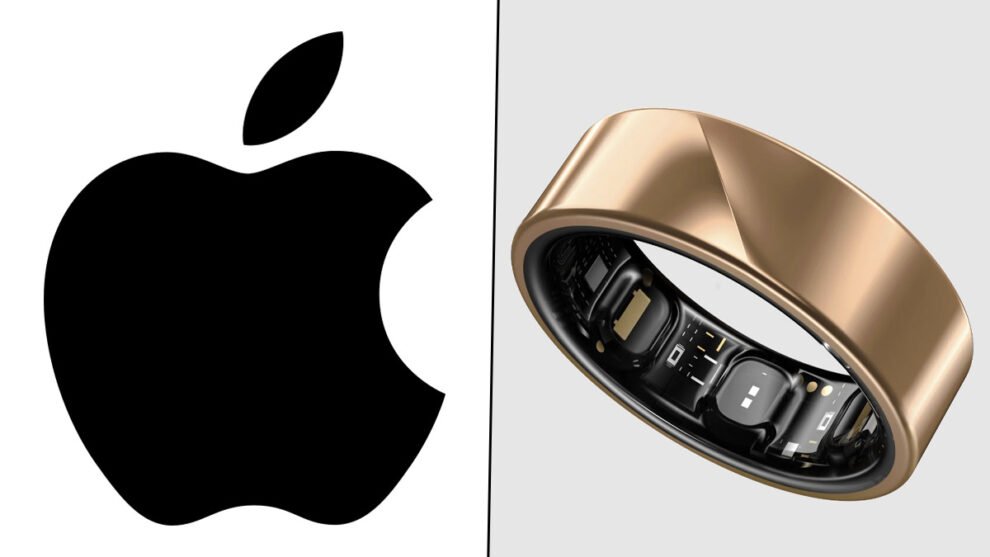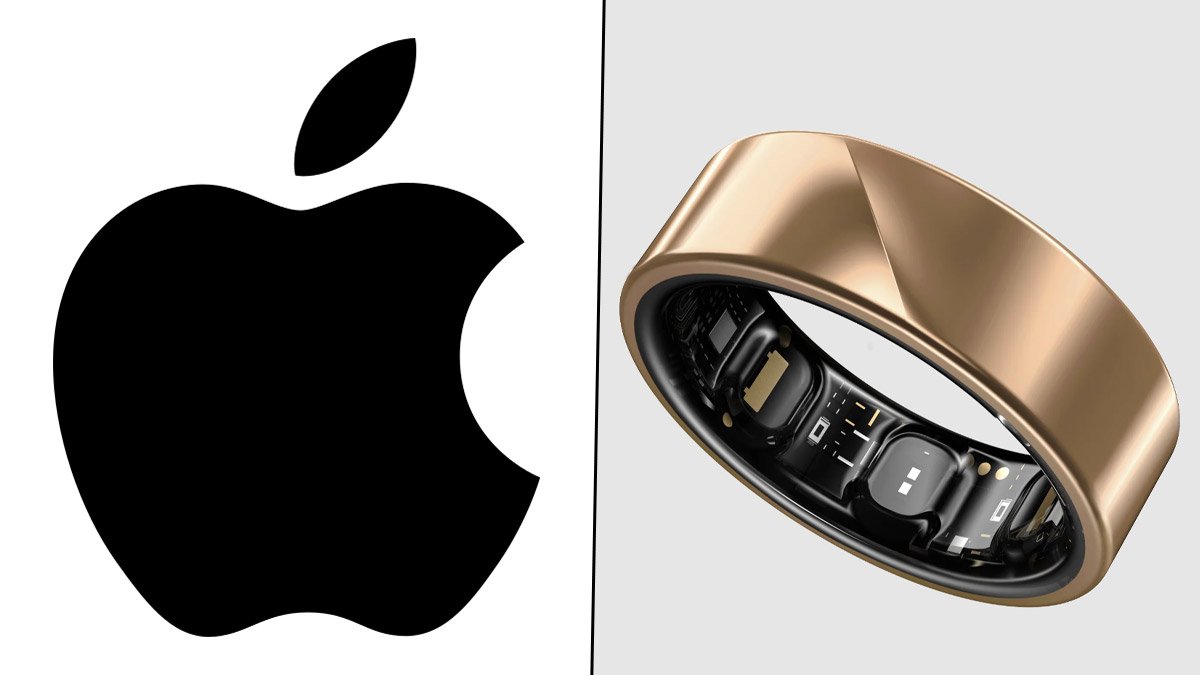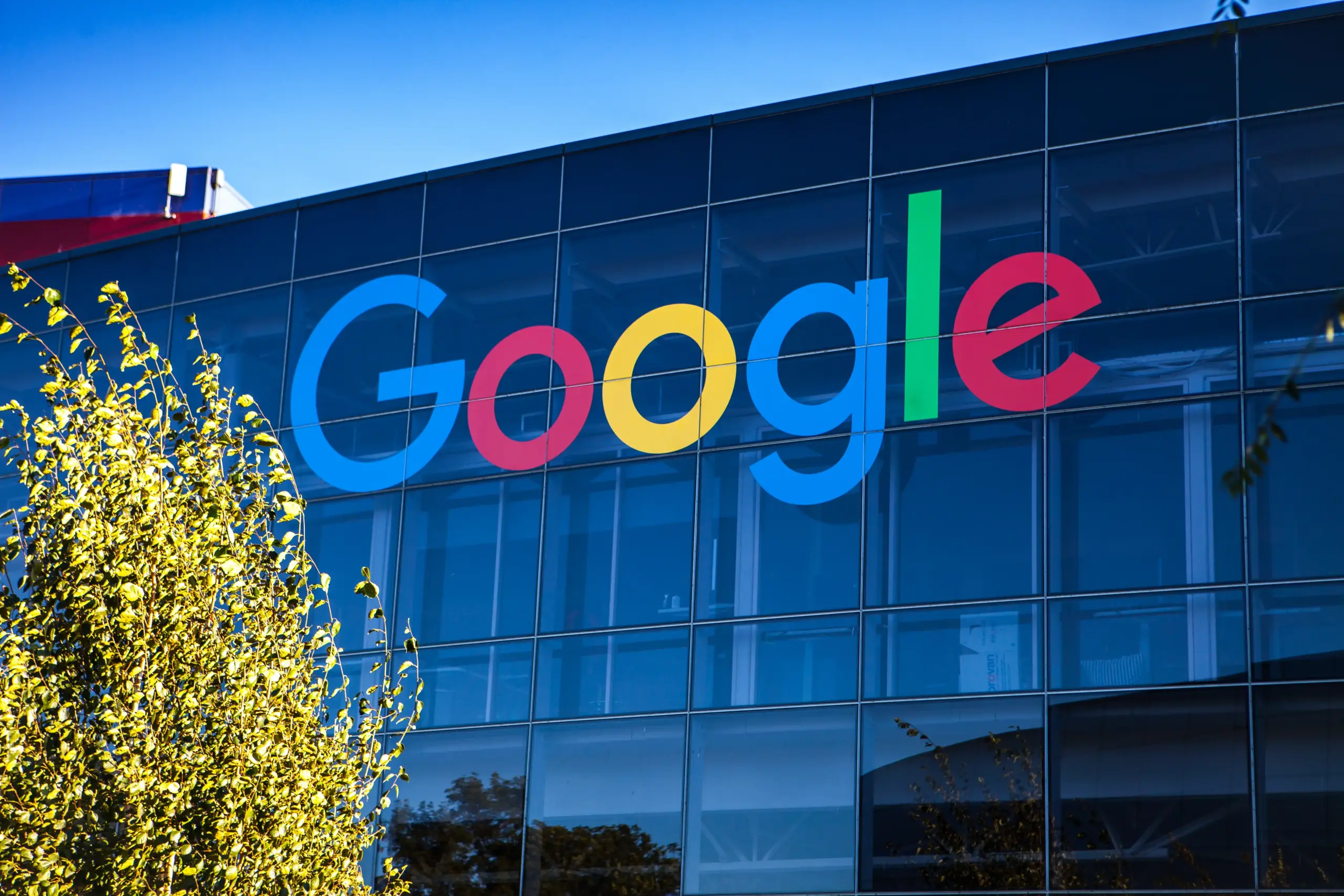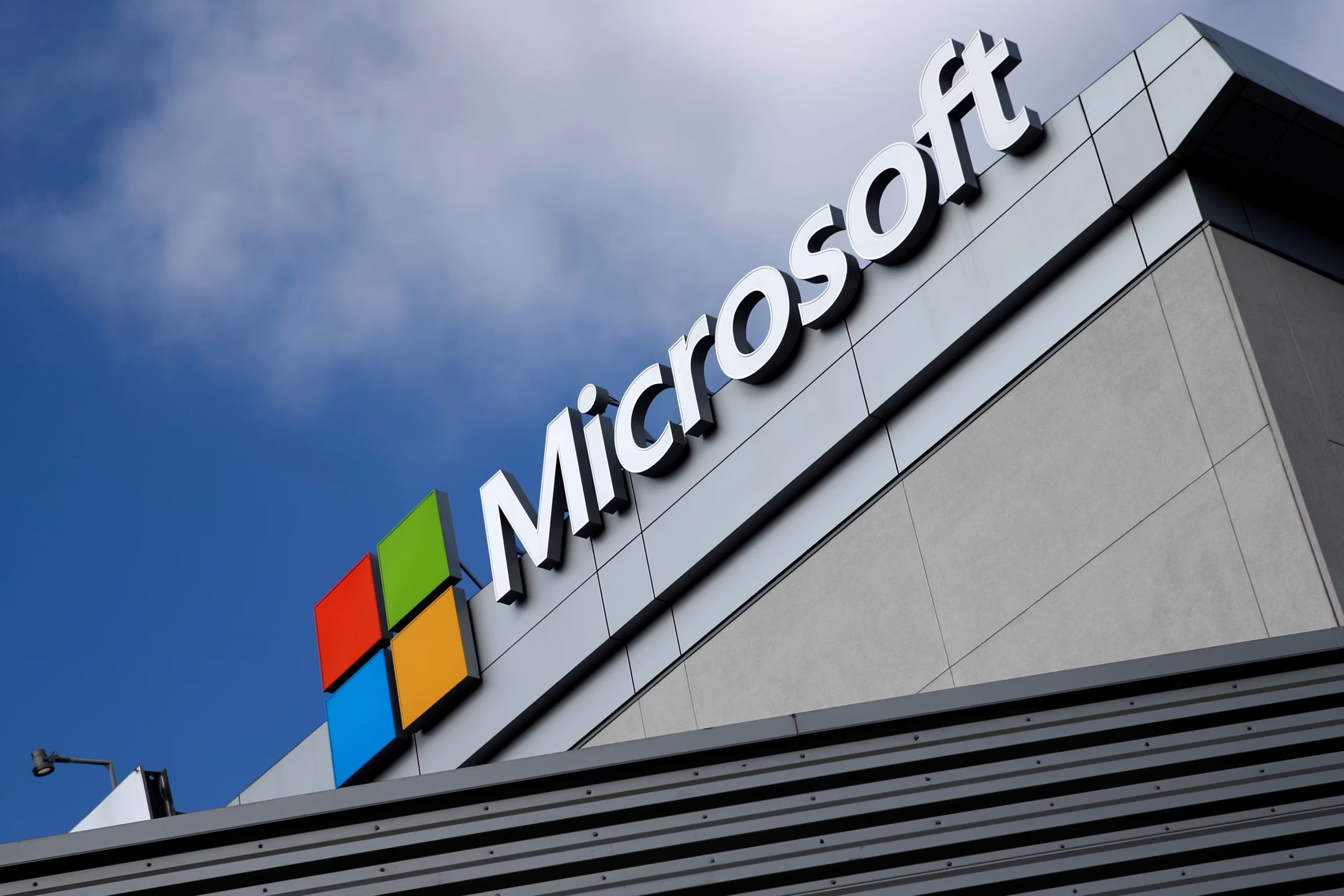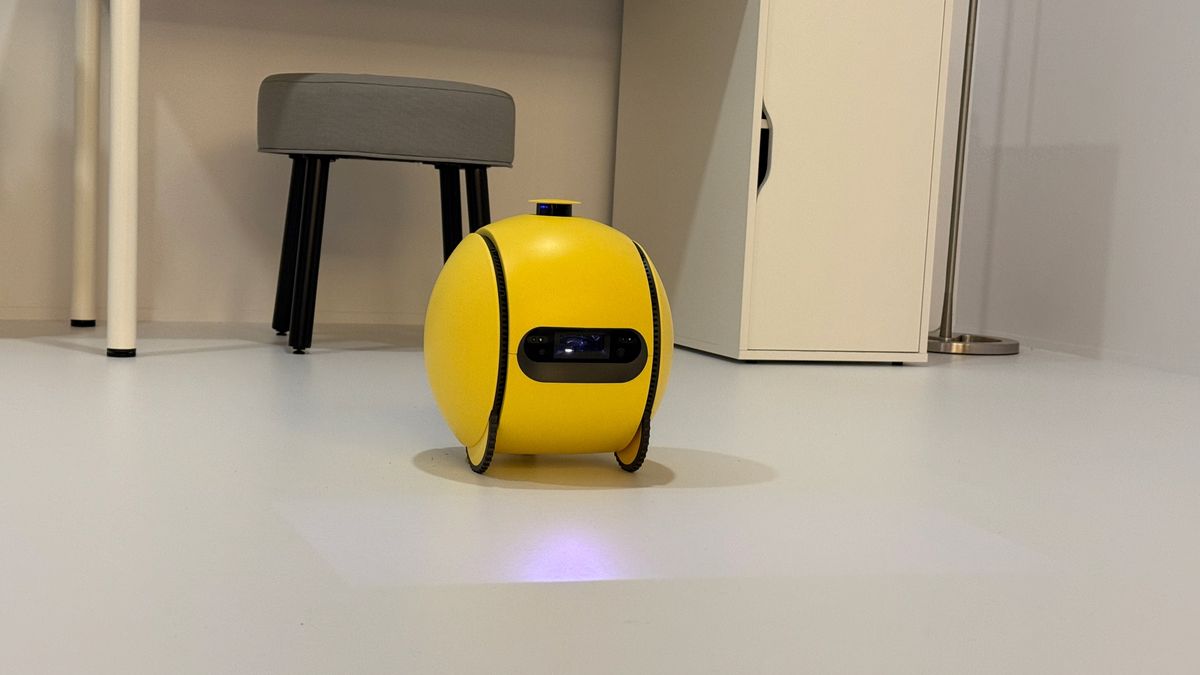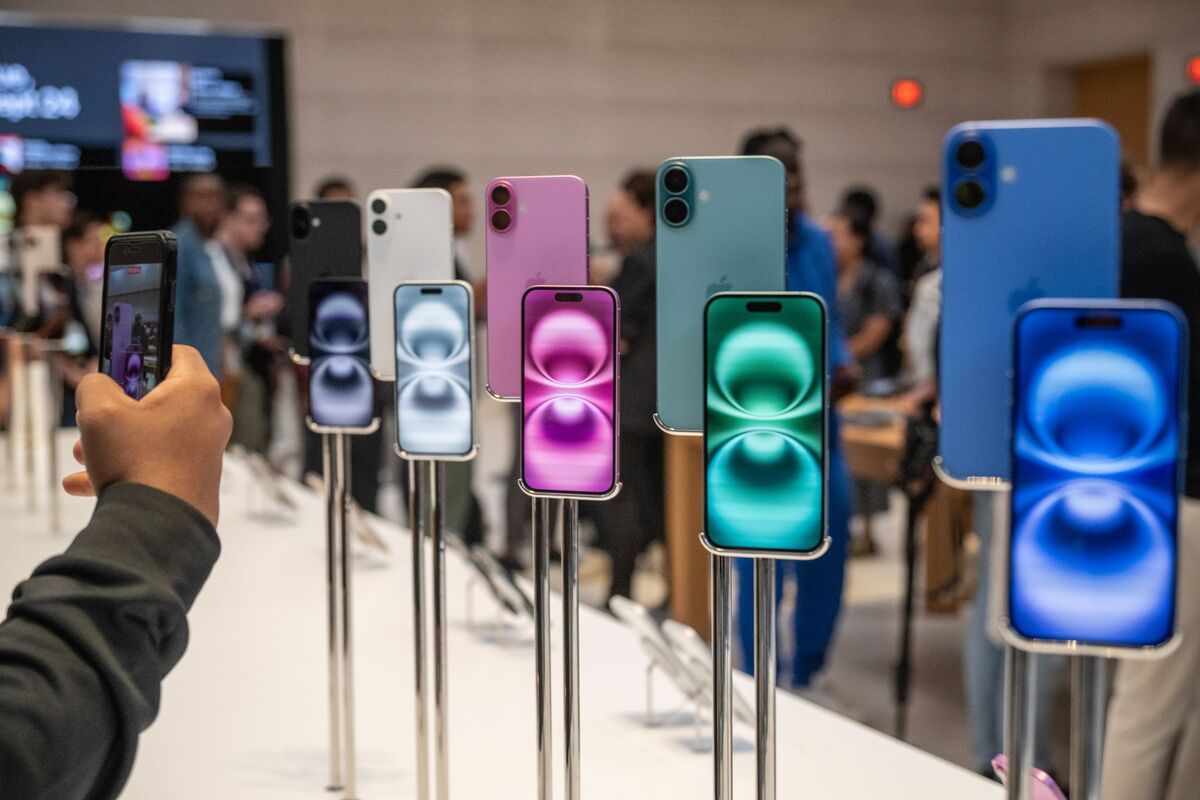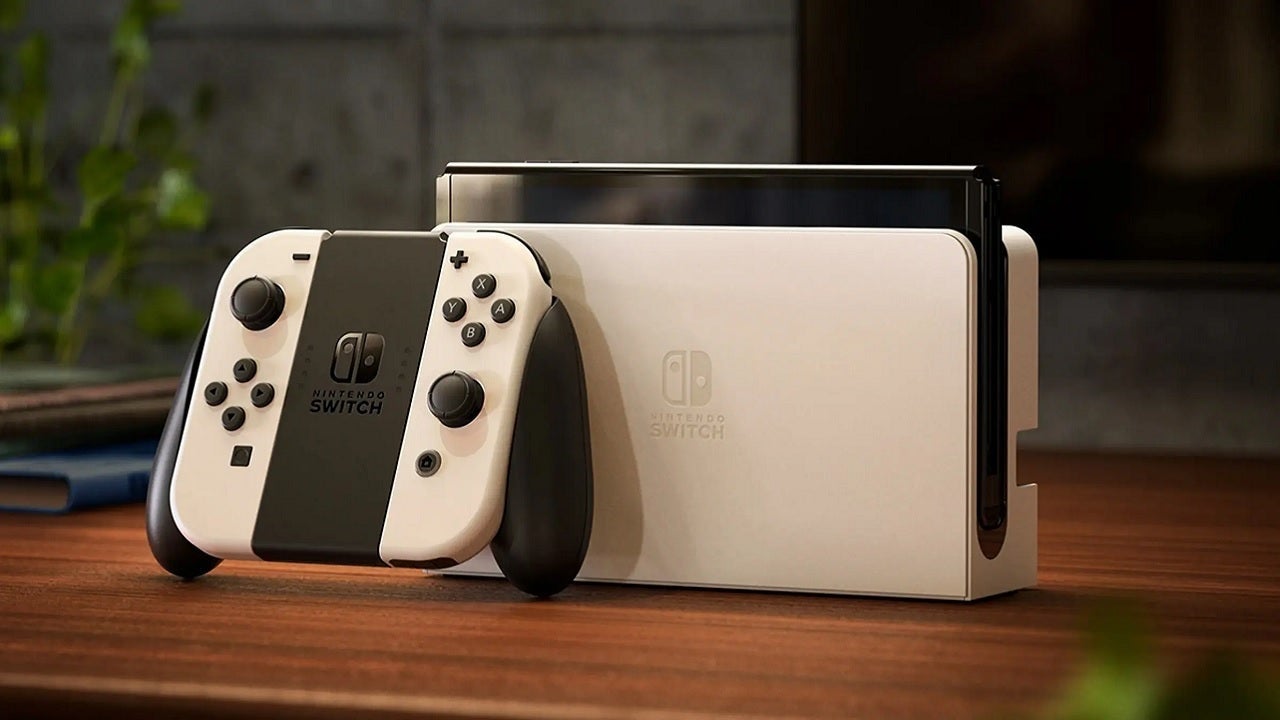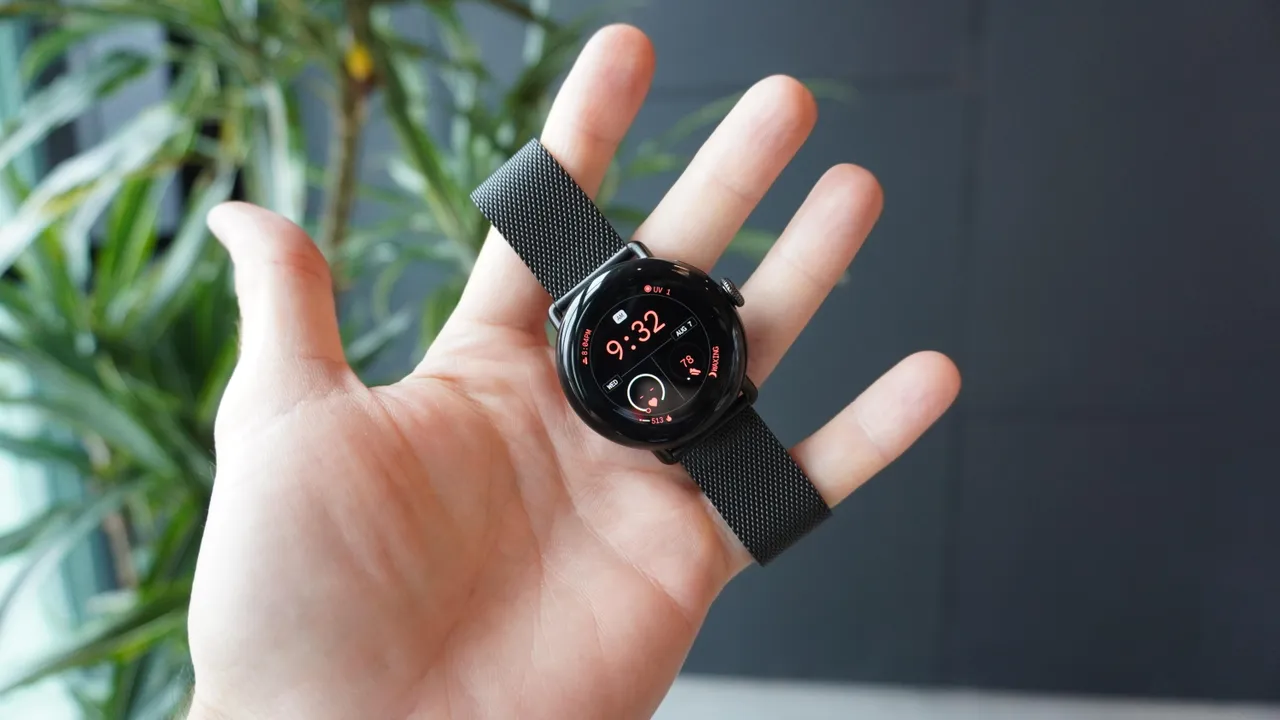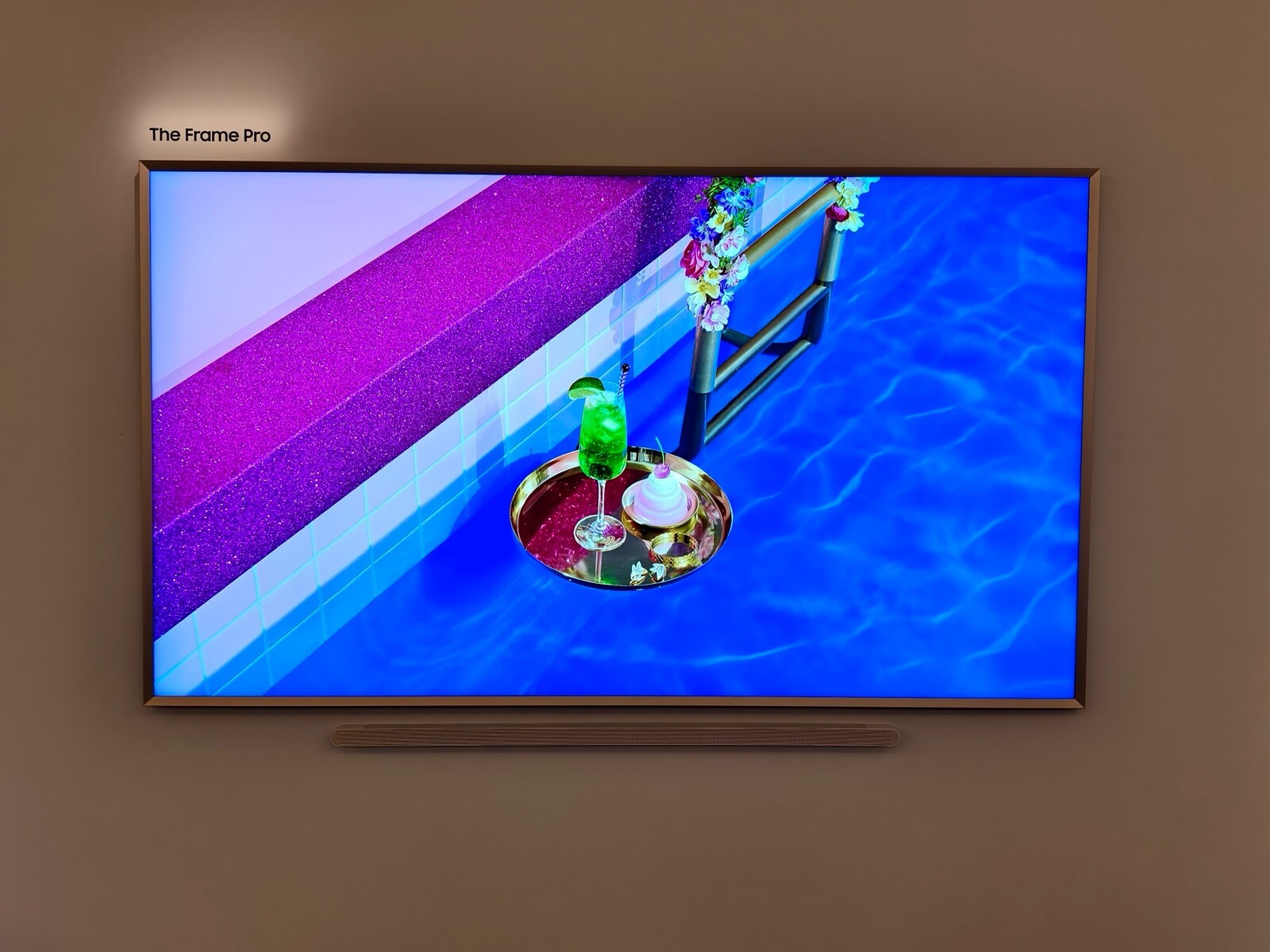In the competitive world of tech, Apple is reportedly setting the stage to unveil a smart ring that aims to rival the Samsung Galaxy Ring, sparking a new frontier in wearable technology. With both tech giants eyeing a piece of the emerging smart ring market, the development heralds a significant shift in how users interact with their devices and monitor their health.
Key Highlights:
- Apple’s foray into smart rings comes after years of patents hinting at its interest in wearable technology beyond the Apple Watch.
- Samsung’s Galaxy Ring, set for release in the second half of 2024, features health monitoring capabilities, including blood flow measurement, sleep tracking, and ECG monitoring.
- The Apple Ring is rumored to integrate with the Apple ecosystem, offering health monitoring and device control capabilities.
- Smart rings offer a more discreet and comfortable alternative to smartwatches, potentially attracting a new segment of users.
The Race for Wearable Innovation
Apple has been exploring the concept of a smart ring for nearly a decade, with patents dating back to 2015 revealing plans for a finger-worn device. These patents suggest functionalities ranging from health monitoring to device control within the Apple ecosystem. The anticipation grows as Samsung confirms the debut of its Galaxy Ring, highlighting features such as health tracking and device control, possibly including NFC-enabled payments and car unlocks.
Apple Ring: What to Expect
While details are sparse, Apple’s smart ring is expected to incorporate extensive health monitoring features, akin to those of the Oura Ring, and integrate seamlessly with other Apple devices for control and interaction purposes. This move could not only expand Apple’s wearable lineup but also redefine the boundaries of wearable technology by offering new, innovative ways to interact with technology.
The Impact on the Wearable Market
The introduction of smart rings by Apple and Samsung is poised to shake up the wearable market significantly. By offering a viable alternative to smartwatches, these rings could cater to consumers seeking discreet, fashion-compatible ways to stay connected and monitor their health. This shift could broaden the wearable market, attracting users who prefer not to wear traditional smartwatches due to style or comfort reasons.
Expanding Wearable Functionality
The potential functionalities of the Apple Ring, based on patent filings and industry speculation, could include a range of features from basic notification alerts to advanced health and fitness tracking capabilities similar to those found in the Apple Watch. This might include tracking of heart rate, steps, and possibly even more sophisticated metrics like blood oxygen levels or sleep quality. The integration with the broader Apple ecosystem could also enable control over other devices, potentially acting as a remote for iPhones, iPads, or Macs, and even interface with AR/VR devices as part of Apple’s rumored push into mixed reality.
Samsung’s Galaxy Ring, on the other hand, is expected to leverage the company’s strengths in health and fitness tracking through its Samsung Health platform. With features such as step counting, sleep monitoring, heart rate tracking, blood oxygen measurement, and possibly temperature sensing, the Galaxy Ring aims to be a comprehensive health monitoring device that complements other Samsung wearables and smartphones.
As Apple and Samsung gear up to redefine wearable technology with their smart rings, the potential impact on the wearable market is immense. These devices promise to blend technology seamlessly into our daily lives in a more discreet and comfortable manner than ever before. While smartwatches have undeniably paved the way, smart rings could offer the next step in wearable innovation, combining style, convenience, and functionality. Whether the Apple Ring will outshine the Samsung Galaxy Ring remains to be seen, but one thing is clear: the future of wearables is about to get a lot more interesting.

